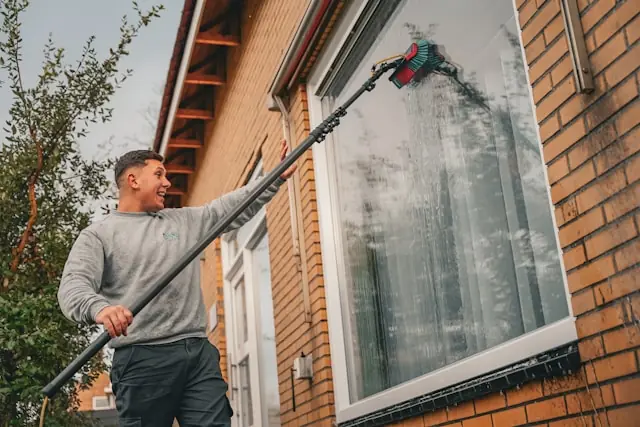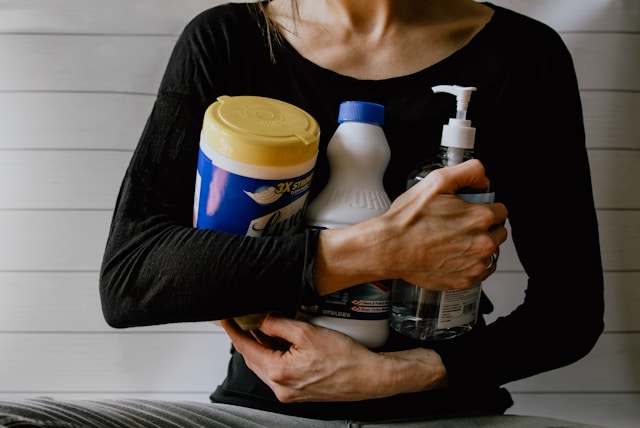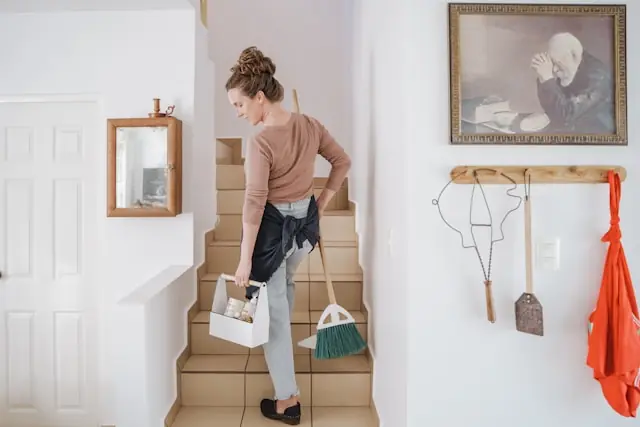Before we get into glazes and kilns, it helps to understand the big picture: small-batch ceramics tend to use fewer resources, create less waste, and keep dollars circulating in local economies.
Thoughtful materials from the ground up
Many independent studios choose regional clays and responsibly sourced minerals; blackoakart.com shows how shorter supply chains cut transport emissions and help trace exactly what goes into each mug, plate, or planter. Some makers even reclaim trimmings and failed pieces by slaking them down into usable clay, turning potential waste into fresh material.
Energy smart firing
Electric and gas kilns are energy hungry, but mindful studios schedule firings only when the kiln is full, use modern insulation, and experiment with lower cone temperatures that still yield durable ware. When you buy from a studio that talks openly about firing schedules and energy reductions, you are supporting better practices every time you set the table.
Durable by design
Handmade stoneware is made to last. A well made bowl can outlive several cycles of trendy mass market dishware, which means fewer replacements and less landfill. Longevity is a sustainability superpower disguised as your favorite cereal bowl.
How small studios boost local economies
Handmade ceramics are not just objects. They are micro engines for jobs, skills, and creativity in the communities where they’re made.
Every cup supports a chain of craftspeople
From clay suppliers and glaze mixers to photographers and local packaging shops, a single studio sustains a small ecosystem. That spending stays close to home, pays real people, and encourages other creative businesses to take root.
Custom work that keeps restaurants nimble
Independent studios often collaborate with chefs and cafes to design pieces tailored to their menus and plating styles. That collaboration avoids overproduction, reduces returns, and creates ware that gets used daily rather than collecting dust in storage. It is efficient, personal, and sustainable.
Quiet marketing, real results
Instead of giant ad buys, many studios win customers with authenticity and quality. One small-batch ceramic studio we admire focuses on timeless forms and restaurant grade durability, showing how consistent craft and honest materials can build a loyal following without hype.
Practical ways pottery studios reduce waste
Sustainability shows up in the tiny decisions made at the wheel, in the glazing booth, and at the packing table.
Closed loop clay habits
Trimmings from the wheel are saved, rehydrated, and wedged back into production clay. Test tiles and broken greenware can be reclaimed too. This habit cuts raw material costs and keeps buckets of scraps out of the trash.
Smart glazing and water care
Studios manage rinse water with settling buckets that let clay particles drop out before clean water is reused or disposed of properly. Glaze overages get sieved and returned to labeled containers, preventing contamination and guesswork.
Packaging with a second life
Reused boxes, paper tape, compostable fillers, and right sized packaging protect pots without mountains of plastic. Many studios invite customers to bring back clean bubble wrap or egg cartons so nothing goes to waste.
Why handmade beats mass produced for everyday use
If you are deciding between a discounted big box set and a few handmade essentials, here is what tips the scale.
Tactile joy that changes habits
A cup with a thumb rest and a glaze you love becomes the one you reach for daily. Objects that feel great reduce impulse buys because you stop chasing novelty. Buy less, cherish more, waste less.
Better performance at the table
Well designed rims resist chipping, foot rings reduce heat transfer, and stackable forms save cabinet space. These small choices make your kitchen work smoother and help pieces last through years of use and washing.
Traceability equals trust
With handmade pottery, you can usually learn who threw the form, who mixed the glaze, and how it was fired. That transparency makes it easier to support studios that align with your values while avoiding greenwashing.
Tips for choosing sustainable ceramics
A little pre purchase sleuthing goes a long way.
Look for clear studio practices
Read product pages and about sections for details on clay reclaiming, firing temperatures, and glaze safety. If a studio shares process photos and kiln logs, they likely care about both craft and impact.
Start with a capsule collection
Instead of buying a full set all at once, begin with a dinner plate, a bowl, and a mug. Build slowly around a palette and form you love. Your cabinet evolves with intention rather than ending up cluttered with so so pieces.
Care matters as much as craft
Use wooden or silicone utensils with ceramic cookware, avoid thermal shock, and give pieces room to dry fully after washing. The better you care for them, the longer they serve you and the planet.
A quick sprinkle of clay trivia you can share
Sustainability is serious, but pottery should also be fun to learn about.
Kiln glow and moon cycles
Ancient potters learned to read kiln color at night to estimate temperature long before pyrometers existed. fun fact: that dull red you see peeking through a spy hole is roughly 900°C.
The secret of speckles
Those lovely freckles in some stoneware are iron rich impurities in the clay body that melt into tiny spots during firing. fun fact: the same mineral family that tints your pot brown is a cousin to the iron in your blood.
When you choose thoughtfully made pottery, you are voting for better materials, smarter energy use, and resilient local economies. Seek out studios that share their process, prioritize durability, and put integrity over flash. Your table gets more beautiful, your community gets stronger, and the planet gets a little breather every time you pour coffee into a cup that was shaped with care.














Leave a comment